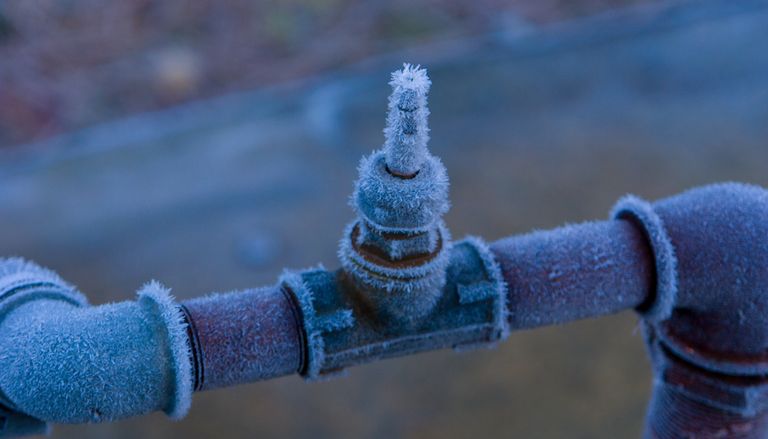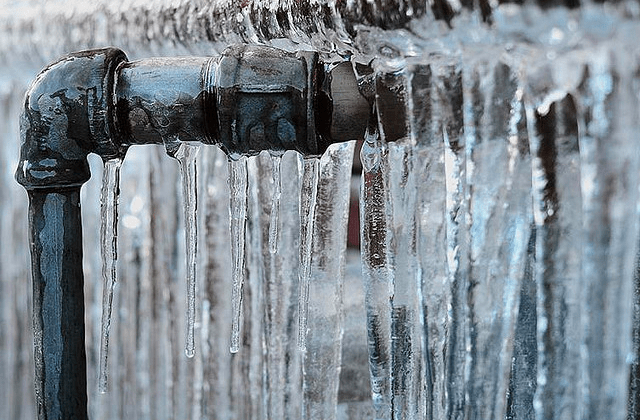Essential Tips for Preventing Frozen Plumbing in Cold Weather Seasons
Essential Tips for Preventing Frozen Plumbing in Cold Weather Seasons
Blog Article
On this page down the page you'll find some good quality resources relating to 6 Ways to Prevent Frozen Pipes.

Cold weather can ruin your pipes, specifically by freezing pipelines. Right here's exactly how to avoid it from occurring and what to do if it does.
Introduction
As temperature levels decline, the danger of frozen pipes increases, potentially leading to costly repairs and water damage. Comprehending how to prevent icy pipelines is vital for property owners in cool climates.
Prevention Tips
Shielding susceptible pipes
Wrap pipes in insulation sleeves or make use of heat tape to shield them from freezing temperatures. Focus on pipelines in unheated or external areas of the home.
Heating methods
Keep indoor rooms effectively heated up, particularly areas with pipes. Open up closet doors to permit cozy air to distribute around pipes under sinks.
Exactly how to determine icy pipelines
Try to find lowered water flow from faucets, unusual odors or sounds from pipelines, and visible frost on subjected pipes.
Long-Term Solutions
Structural modifications
Consider rerouting pipes away from exterior walls or unheated areas. Add added insulation to attics, basements, and crawl spaces.
Updating insulation
Purchase high-grade insulation for pipelines, attics, and wall surfaces. Appropriate insulation assists preserve regular temperature levels and reduces the danger of icy pipes.
Securing Outside Plumbing
Yard tubes and outside faucets
Disconnect and drain pipes garden pipes before winter months. Set up frost-proof faucets or cover outdoor taps with shielded caps.
Comprehending Frozen Pipelines
What triggers pipelines to freeze?
Pipelines ice up when exposed to temperatures listed below 32 ° F (0 ° C) for extended durations. As water inside the pipes freezes, it broadens, taxing the pipe walls and potentially triggering them to rupture.
Threats and problems
Icy pipes can result in water system disturbances, residential property damages, and costly fixings. Ruptured pipelines can flood homes and cause extensive structural damages.
Indicators of Frozen Piping
Determining frozen pipes early can stop them from breaking.
What to Do If Your Pipes Freeze
Immediate actions to take
If you believe frozen pipelines, maintain taps open up to ease stress as the ice thaws. Make use of a hairdryer or towels taken in hot water to thaw pipes slowly.
Conclusion
Avoiding frozen pipelines needs positive actions and fast reactions. By recognizing the causes, indications, and safety nets, home owners can safeguard their pipes during winter.
5 Ways to Prevent Frozen Pipes
Drain Outdoor Faucets and Disconnect Hoses
First, close the shut-off valve that controls the flow of water in the pipe to your outdoor faucet. Then, head outside to disconnect and drain your hose and open the outdoor faucet to allow the water to completely drain out of the line. Turn off the faucet when done. Finally, head back to the shut-off valve and drain the remaining water inside the pipe into a bucket or container. Additionally, if you have a home irrigation system, you should consider hiring an expert to clear the system of water each year.
Insulate Pipes
One of the best and most cost-effective methods for preventing frozen water pipes is to wrap your pipes with insulation. This is especially important for areas in your home that aren’t exposed to heat, such as an attic. We suggest using foam sleeves, which can typically be found at your local hardware store.
Keep Heat Running at 65
Your pipes are located inside your walls, and the temperature there is much colder than the rest of the house. To prevent your pipes from freezing, The Insurance Information Institute suggests that you keep your home heated to at least 65 degrees, even when traveling. You may want to invest in smart devices that can keep an eye on the temperature in your home while you’re away.
Leave Water Dripping
Moving water — even a small trickle — can prevent ice from forming inside your pipes. When freezing temps are imminent, start a drip of water from all faucets that serve exposed pipes. Leaving a few faucets running will also help relieve pressure inside the pipes and help prevent a rupture if the water inside freezes.
Open Cupboard Doors
Warm your kitchen and bathroom pipes by opening cupboards and vanities. You should also leave your interior doors ajar to help warm air circulate evenly throughout your home.

As an avid person who reads on How To Avoid Freezing Pipes, I think sharing that chunk was essential. Sharing is nice. Helping others is fun. I am grateful for your time. Don't forget to check up our website back soon.
Apply Now Report this page